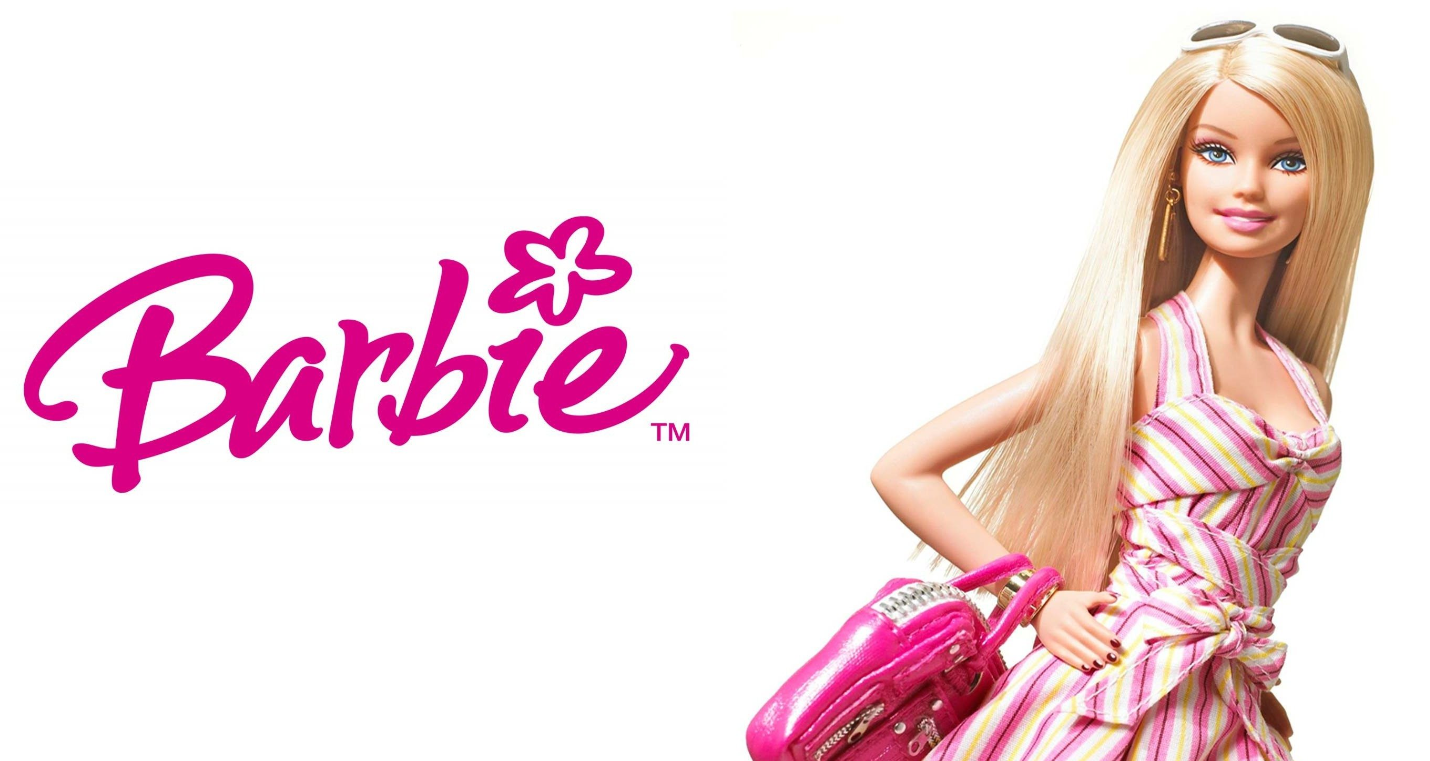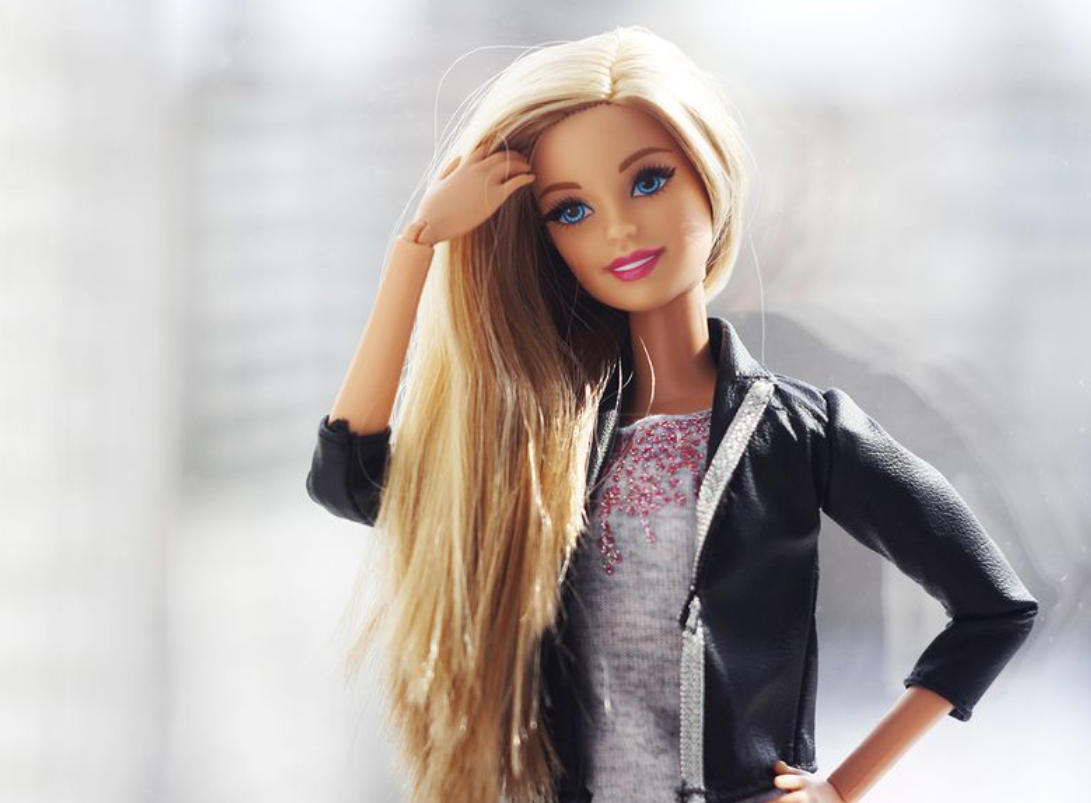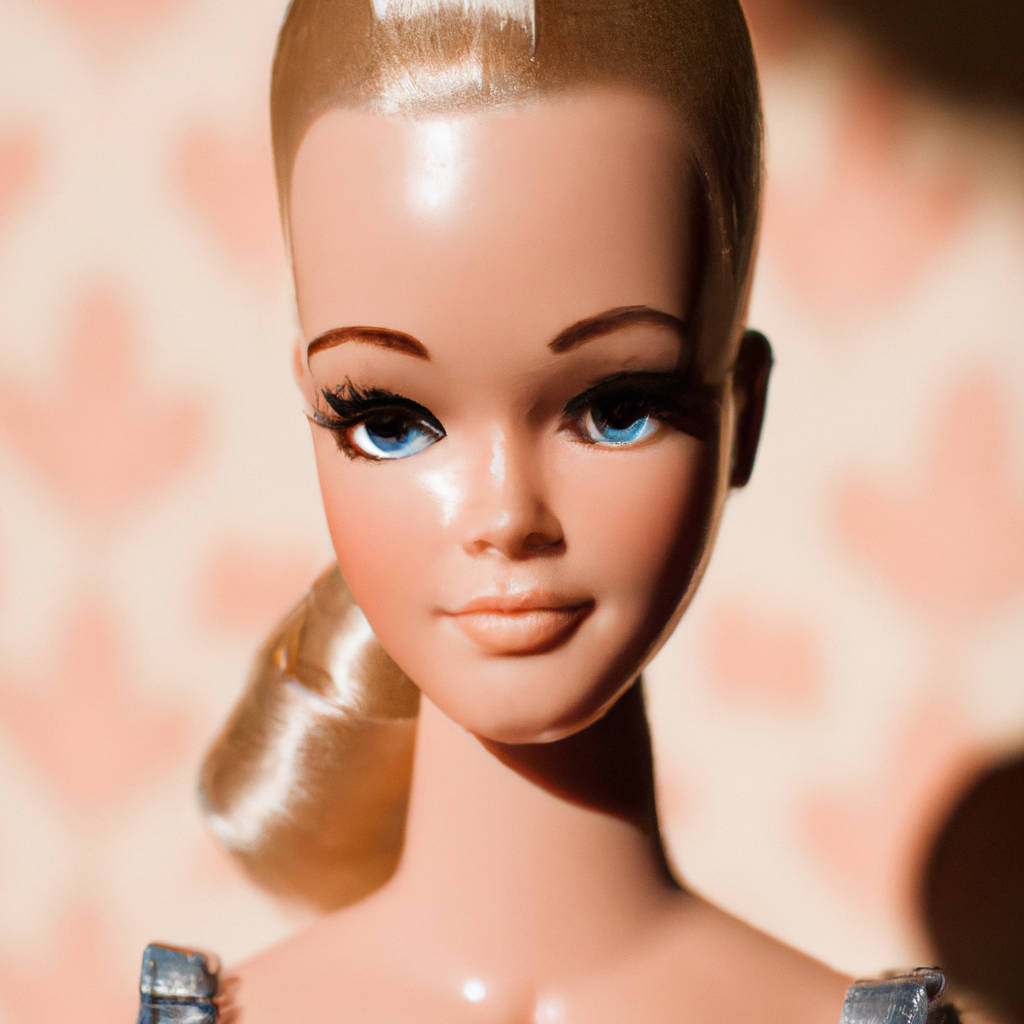Barbie, the iconic doll that has been a staple in American culture for over half a century, has recently undergone a major shift in its image and marketing strategy. For 57 years, Barbie has been criticized for promoting unrealistic beauty standards and perpetuating harmful stereotypes about women. However, in recent years, Mattel, the company that manufactures Barbie, has taken steps to address these concerns and create a more inclusive and diverse range of dolls. This shift in Barbie’s legacy has had a significant impact on American beauty standards, challenging traditional notions of beauty and promoting a more inclusive and empowering message.
One of the most noticeable changes in Barbie’s image is the introduction of dolls with a wider range of body types, skin tones, and hair textures. In the past, Barbie dolls were primarily thin, white, and blonde, leading many critics to argue that they promoted a narrow and unrealistic standard of beauty. However, in response to these criticisms, Mattel has expanded its range of dolls to include different body shapes, ethnicities, and hairstyles. This move has been praised for promoting diversity and representation in the toy industry, and for challenging the idea that there is only one “ideal” beauty standard.
Another important shift in Barbie’s legacy is the introduction of dolls that represent different careers and interests. In the past, Barbie was often portrayed as a fashion model or princess, reinforcing stereotypes about women’s roles and abilities. However, in recent years, Mattel has released dolls that represent a wide range of professions, from doctors and engineers to athletes and astronauts. This change has been celebrated for promoting the idea that girls can be anything they want to be, and for encouraging them to pursue their passions and interests without being limited by traditional gender roles.
Overall, the major shift in Barbie’s legacy has had a positive impact on American beauty standards by promoting diversity, inclusivity, and empowerment. By expanding its range of dolls to include different body types, skin tones, and career options, Barbie has challenged traditional notions of beauty and encouraged girls to embrace their individuality and unique qualities. This shift has also sent a powerful message about the importance of representation and diversity in the media and entertainment industries, and has inspired other companies to follow suit. As Barbie continues to evolve and adapt to the changing cultural landscape, it will be interesting to see how its influence on American beauty standards continues to grow and evolve in the years to come.

A Historical Perspective: Barbie’s Evolution Over the Decades
Barbie, the iconic doll created by Ruth Handler in 1959, has undergone a significant evolution over the decades. From her early days as a teenage fashion model to her current status as a global cultural phenomenon, Barbie has reflected the shifting ideals and values of society. In the 1960s, Barbie represented the idealized image of American femininity, with her hourglass figure, high fashion wardrobe, and dream house accessories. However, as the women’s movement gained momentum in the 1970s, Barbie faced criticism for perpetuating unrealistic beauty standards and gender stereotypes.
In response, Mattel introduced more diverse dolls in the 1980s and 1990s, including dolls of different ethnicities and professions. In the 2000s, Barbie underwent a major rebranding effort to promote empowerment and inclusivity, with the introduction of dolls with different body types, skin tones, and abilities. Today, Barbie continues to evolve with the times, embracing diversity and inclusivity in all aspects of her brand. Through her evolution over the decades, Barbie has become a reflection of the changing attitudes towards gender, beauty, and identity in society.
The Latest Transformation: What’s New in Barbie’s Design and Concept
Barbie, the iconic doll that has been a staple in toy stores for decades, has recently undergone a major transformation in both design and concept. In response to changing societal norms and a growing demand for more inclusive representation, Barbie has introduced a more diverse range of dolls that showcase a variety of body types, skin tones, and hairstyles. This shift towards greater diversity and inclusivity has been well-received by consumers and critics alike, as it reflects a more realistic and representative portrayal of beauty and femininity.
Additionally, Barbie has also expanded its range of career options for the dolls, with new professions such as computer engineer, robotics engineer, and entrepreneur being added to the lineup. This change in concept not only encourages young girls to dream big and pursue their passions, but also challenges traditional gender stereotypes and empowers girls to see themselves in a wider range of roles and possibilities. Overall, Barbie’s latest transformation represents a positive step towards a more inclusive and empowering future for young girls everywhere.

Cultural Implications: How Barbie Reflects Changing Beauty Ideals
Barbie, the iconic doll created by Mattel, has been a reflection of changing beauty ideals since her inception in 1959. Over the years, Barbie has undergone numerous transformations to keep up with societal norms and trends in beauty standards. Originally modeled after a traditional, Caucasian woman with blonde hair and blue eyes, Barbie has since evolved to include diverse representations of beauty, including different skin tones, body types, and hairstyles. This shift in Barbie’s appearance reflects a growing awareness and acceptance of diversity in beauty, as well as a recognition of the harmful effects of promoting only one narrow standard of beauty.
Barbie’s changing appearance also highlights the influence of popular culture on beauty ideals. As society’s views on beauty have evolved, so too has Barbie’s image. In recent years, there has been a push for more realistic representations of beauty in media and advertising, leading to a greater emphasis on inclusivity and body positivity. This shift is reflected in Barbie’s evolution, with the introduction of dolls with different body shapes and features that more accurately represent the diversity of women around the world. By embracing a wider range of beauty ideals, Barbie has become a more inclusive and empowering symbol for girls of all backgrounds.
Despite these positive changes, Barbie still faces criticism for perpetuating unrealistic beauty standards and promoting materialism. Some argue that Barbie’s idealized appearance and glamorous lifestyle can contribute to feelings of inadequacy and low self-esteem in young girls. However, others see Barbie as a reflection of the changing times and a platform for promoting diversity and self-expression. Ultimately, Barbie’s evolution serves as a reminder of the complex and ever-changing nature of beauty ideals in society, and the importance of embracing diversity and individuality in all its forms.
Consumer Reactions: Public Response to Barbie’s New Image
In recent years, Barbie has undergone a significant transformation to reflect a more realistic and diverse image of beauty. This change has sparked a range of reactions from consumers. Some have praised the new Barbies for promoting body positivity and inclusivity, while others have expressed disappointment at the departure from the classic, iconic image of the doll. Many parents have welcomed the change, believing that it sets a healthier standard for young girls to aspire to.
On the other hand, some longtime Barbie fans have voiced concerns that the new image strays too far from the original concept of the doll. Overall, the public response to Barbie’s new image has been mixed, with some embracing the change and others feeling nostalgic for the traditional Barbie. It is clear that Barbie’s new image has sparked a conversation about beauty standards and representation in the toy industry, and it will be interesting to see how these consumer reactions continue to evolve over time.

Future Implications: What This Change Means for Barbie and Beauty Standards Moving Forward
The recent changes in Barbie’s body image and the evolving beauty standards have significant implications for the future. With Barbie now available in various body types, skin tones, and hairstyles, the brand is taking a step towards promoting diversity and inclusivity. This shift reflects a growing awareness of the need to celebrate different body types and beauty ideals. Moving forward, this change could have a positive impact on how young girls perceive beauty. By showcasing a more diverse range of dolls, Barbie is sending a powerful message that beauty comes in all shapes, sizes, and colors.
This could help to challenge traditional beauty standards and encourage girls to embrace their unique features. Additionally, this change could also lead to greater representation in the media and fashion industries, as well as in society as a whole. By promoting diversity and inclusivity, Barbie is setting a new standard for beauty that celebrates differences and empowers girls to feel confident in their own skin. Overall, the future implications of these changes have the potential to create a more inclusive and accepting society where everyone is valued for who they are, regardless of their appearance. As Barbie continues to evolve and adapt to changing beauty standards, it is clear that the brand is committed to promoting diversity and empowering girls to embrace their individuality.
